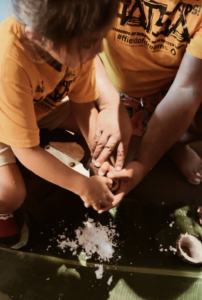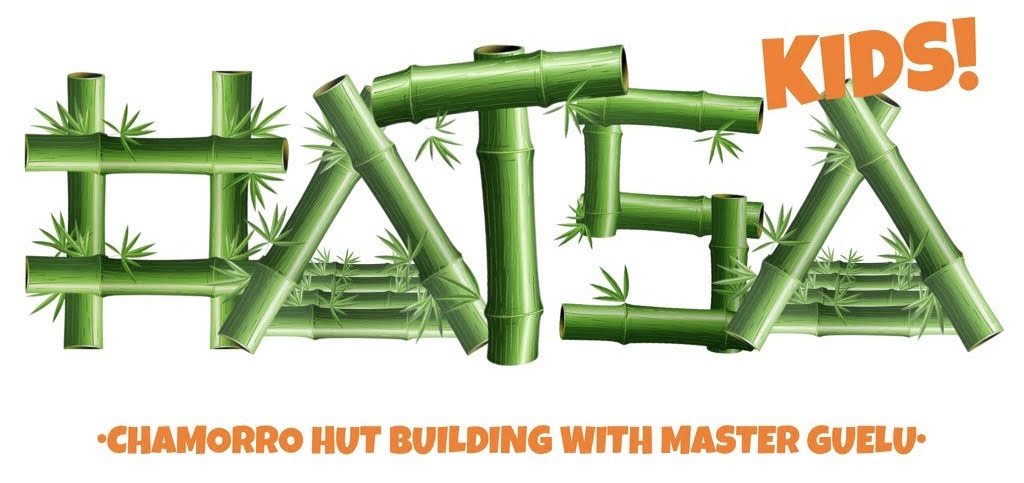
In the lush landscapes of The Mariana Islands, one thing stands tall and proud, signifying the heart and essence of island living — the coconut palm, locally known as the “Tronkon Niyok.” A symbol of resilience, the coconut tree has been an integral part of the island’s culture and economy for centuries. At HATSA Kids Hut Building Camp, children not only delve into the rich tapestry of Chamorro heritage but also learn the numerous uses of this remarkable tree — often referred to as the “Tree of Life.”
The Multipurpose Leaves: Roofing, Clothing, and Guafak

The camp’s hands-on approach allows kids to touch, feel, and create with coconut leaves, drawing them closer to their roots. The leaves offer robust material for roofing traditional Chamorro huts, providing sustainable and robust shelter against the tropical climate. They also serve as material for indigenous clothing, breathing life into ancestral dressing methods.
Moreover, the kids learn to weave coconut leaves into mats or “guafak,” a practice that requires patience and skill but pays off in a beautiful, functional product. Guafak mats serve multiple purposes, from floor coverings to ceremonial usages.
From Manha to Niyok: A Gastronomic Journey

At HATSA Kids Camp, children discover that the coconut is more than just an object of aesthetic beauty. The young coconut, or “manha,” offers sweet, refreshing juice, a popular natural beverage. The mature coconut, known as “niyok,” provides flesh that can be grated using a traditional “kamyu” (coconut grater). This freshly grated coconut is transformed into coconut milk, a vital ingredient in many Chamorro dishes.
Further processing of niyok yields delectable treats like coconut candy and “ahu,” a coconut dessert porridge. The process teaches children valuable skills, from hand-eye coordination to understanding culinary chemistry, all while they learn the traditional methods of their ancestors.
Coconut: The Island’s Health and Economic Mainstay
The coconut tree doesn’t stop giving at its delicious fruit and versatile leaves. Every part of the tree is used in some way, providing both economic and health benefits. Coconut oil is an excellent skin moisturizer and has healing properties. Even the roots and husks are used in various forms, further solidifying its title as the “Tree of Life.”
A Cultural and Practical Experience
Through the act of using the coconut in its many forms, children at HATSA Kids Camp are not just participating in fun activities; they are embracing a lifestyle, an ethos that has sustained their people for generations. They are learning sustainability, resourcefulness, and cultural pride, invaluable lessons that they will carry into their adult lives.
As these young Islanders sit under the shade of the mighty coconut palms at HATSA Kids Camp, they are enveloped in the wisdom of generations, the smell of the ocean, and the unlimited potential of the coconut, the true lifeblood of the islands.
By offering this rich, hands-on experience, HATSA Kids Camp ensures that the ancient wisdom surrounding the coconut tree is not just preserved but is passed down, celebrated, and lived by the newest generation of Chamorro youth.


